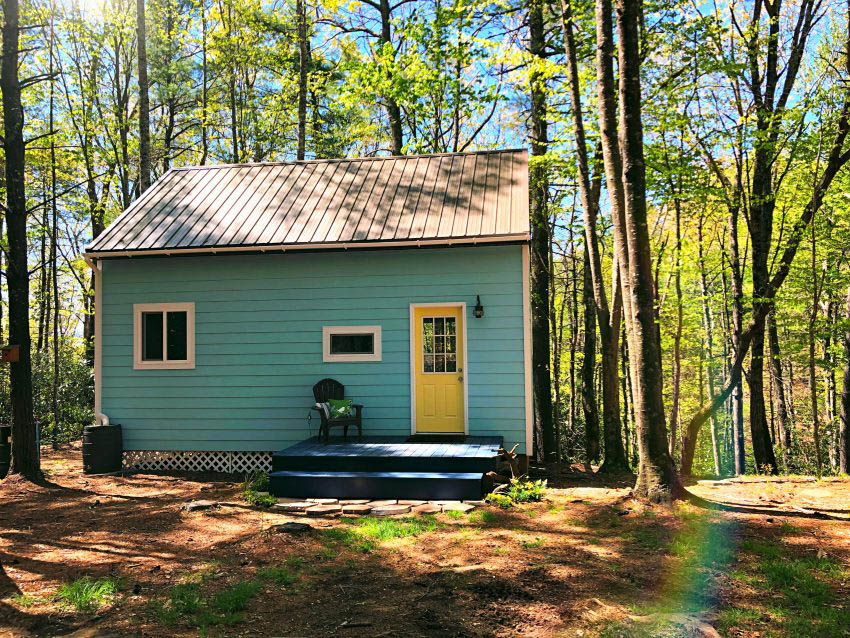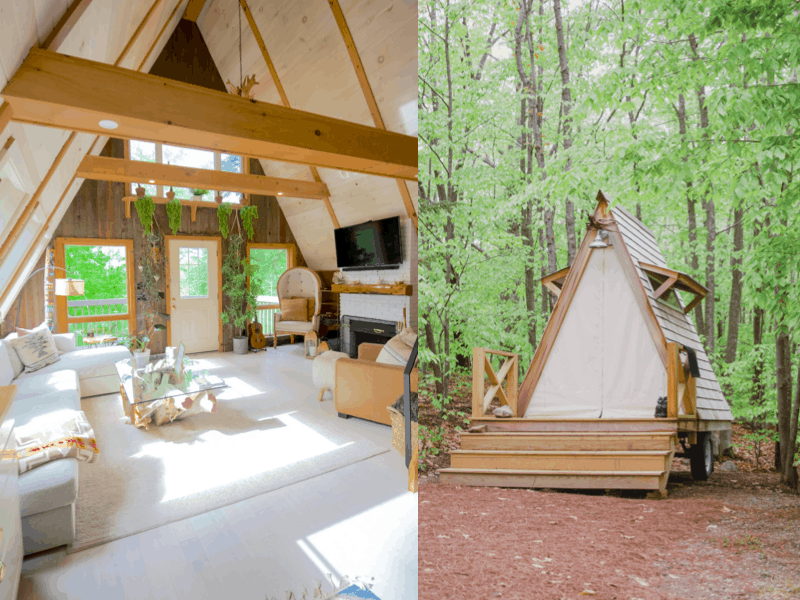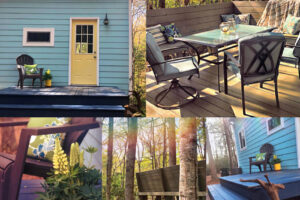Home Ownership in a Post-Covid World
Buying a house in the U.S. in 1953 would have cost you less than $20,000. If you take inflation into account, the actual cost is close to $174,000. If you are not a homeowner, this might seem like a lot. However, today’s prospective home buyers would be expected to spend $272,000 on average on a new property. Needless to say, that is a dramatic price increase. No surprise that today’s generations find it hard to buy their first home.
The COVID-19 pandemic has brought new challenges for those looking to take their first steps along the homeownership journey. While the real estate market has remained unchanged in the greater lines – despite minor fluctuations here and there –, future buyers struggle to find affordable properties. Indeed, millions of workers have been laid off or found themselves unemployed during the pandemic. As a result, many are in a tricky financial situation. Committing to a house purchase in a post-pandemic world means that you need to make smart, cost-saving choices and think outside the box.

Avoiding newbie’s mistakes
First-time buyer’s mistakes are expensive in any situation. However, when the economy is still in the process of recovering from the pandemic recession, you can’t afford to waste money. It’s best to wait and improve your credit score rather than apply for a mortgage with a bad score. Most money lenders are unlikely to offer advantageous deals to borrowers with low ratings. On the other hand, borrowers who can recover from debt and show that they are making payments on time and have a debt management plan are more likely to secure a mortgage. Reducing credit utilization to below 50% can also dramatically boost your credit score.
Another costly mistake is failing to understand how much work will be required to move in and fix the property. Your price offer should reflect on additional costs, including paperwork fees, removal, and home improvements. That’s why it’s essential to run a thorough home inspection to gain a deeper understanding of the property and its potential problems.
Downsizing is always an option
The average family home comes in at approximately 2,600 square feet. If you compare to family homes in the 1950s, that’s over 1,000 square feet more in space. Today’s properties are bigger, and the trend for upsizing shows no sign of slowing down. However, if you want more space, you’ll have to pay the price for it.
More and more modern homeowners are thinking about moving into smaller properties in an effort to save hassle and money. What difference would it make to your budget?
A smaller home is cheaper, which means that you could be paying off your mortgage quickly, while still saving money on the side. Energy costs could be significantly lower, as it costs less to heat or cool depending on the season. Additionally, the process encourages minimalistic needs, such as avoiding duplicate items and appliances.

Tiny homes are popular
The tiny house movement embraces small living spaces. According to Wikipedia, a tiny home has a whole residential structure of 400 square feet or under. While those properties are not suited to all homeowners – large families should definitely skip the trend – singles and couples find the trend appealing and extremely affordable. Contrary to common belief, the tiny home is a fully functional house that covers not only all essential needs but does it with style too!
As a rule of thumb, you can expect to find tiny homes at prices ranging from $500 to $12,000. That’s over 22 times cheaper than the median house in the U.S.! Prices vary a lot, depending on the location and the build. Enthusiastic DIY crafters can use reclaimed and salvage materials to save costs. But even if you choose to entrust the build to a professional, a tiny home could be a pocket-sized luxury at a cost-effective price.
Boost your down payment savings
Your down payment is the cash you pay as you buy the property. It is deducted from the value of the house. There is no secret here: The most you can afford to pay as a down payment, the less mortgage you will need. Ideally, you should aim for a down payment of 10% to 20% of the price tag.
Saving for your down payment is no easy task, so it’s essential to proceed with caution. As tempting as it could be to rush and find the perfect home, you need to budget your savings. Setting up a down payment fund can provide enough motivation to stick to your plan. Ideally, you want to aim for a 20% down payment, which takes home buyers between 4 to 6 years to save. Consider it a long-term goal. There is no deadline to hit, which is why you can also allow yourself some time to recover from the pandemic losses.

Let others pay for your mortgage
Managing mortgage payments can be tricky. If you can throw extra money toward your mortgage repayment, you can consider side hustles that pay for the house. Homeowners are keen to use rental services, such as Airbnb, to rent out their properties to guests. You can find alternative housing options for yourself and your family during that time. For instance, off road caravans are a fantastic solution to spend a couple of weeks by the seaside while you’ve got guests at your home. Alternatively, you can also temporarily move in with friends or relatives.
Airbnb hosts can set up availability periods for their properties, which means that you can rent only when it suits you. However, at an average cost of about $200 for an Airbnb rental in San Francisco or NYC, you could pay off your mortgage in a few years!
Have you considered relocating?
Do you live in the right place for your bank account? Being financially stable and comfortable has a lot to do with your everyday living costs. In the U.S., some cities are more affordable than others. In Charlotte, North Carolina, for instance, residents typically don’t expect to spend more than 21.77% of their income on living expenses. In Baton Rouge, Louisiana, people dedicate less than 21% of their income on living expenses, making it an appealing city for prospective home buyers. Huntsville, in Alabama, is the cheapest city to live in. The cost of living is so low that residents commit no more than 19.3% of their income to living expenses. In short, with more and more remote opportunities available, you don’t need to live by your office anymore. You can relocate within the states to a place where being a homeowner is less expensive.
Embrace remote work & lifestyles
If you don’t see your future in the U.S., moving abroad could be the right solution to become a homeowner. A lot of pensioners choose to retire in sunny and affordable countries. However, you don’t need to wait until retirement age to move abroad. Whether you want to work with a foreign company or settle in a remote job, leaving the U.S. could offer new opportunities. One of the cheapest countries to live in is Vietnam, where you can expect to pay as little as $110,000 for a luxury home in Hanoi. A villa by the Black Sea in Bulgaria would cost around $125,000, making it an affordable alternative to the Californian coast dream. If you are not afraid of moving abroad, there are plenty of locations that could host your dream home, from Peru to Thailand.
Is the future in a nomadic lifestyle?
If we are already on the subject of moving abroad, it is fair to ask yourself one crucial question. Do you need a home? As silly as it might sound, more and more Millennials and Gen Z adults are choosing a nomadic lifestyle that allows them to travel around the world. While the current pandemic can be challenging for nomadic professionals, many expect the situation to ease naturally within the next few months. As a result, the choice to not buy a home means that you are free to visit new places as you see fit. Digital nomadic work remotely; many are providing I.T. and digital marketing services. Additionally, it is fair to mention that a nomadic lifestyle doesn’t impede on starting a family. Many nomadic adults travel with their partner and children – thank God for homeschooling!
Is the ultimate home a self-sufficient investment?
Another trend emerging in recent years about homeownership is the move toward self-sufficient, sustainable homes. More and more home buyers are looking for recycled materials for new builds, using a mixture of renewable and salvaged resources. The addition of energy-saving solutions, such as solar roof panels or tanks to collect rainwater helps homeowners to save costs with an off-the-grid lifestyle. Many are also choosing to produce their own food – or most of it. The result? A home that virtually pays for itself and its residents.
In conclusion, it’s hard to pinpoint the right approach for your homeownership journey. However, these options can highlight the current moods and trends, and the many ways future buyers can make their dream home come true. Whether you choose an inexpensive property or a house that can pay for itself, your options are virtually infinite!






